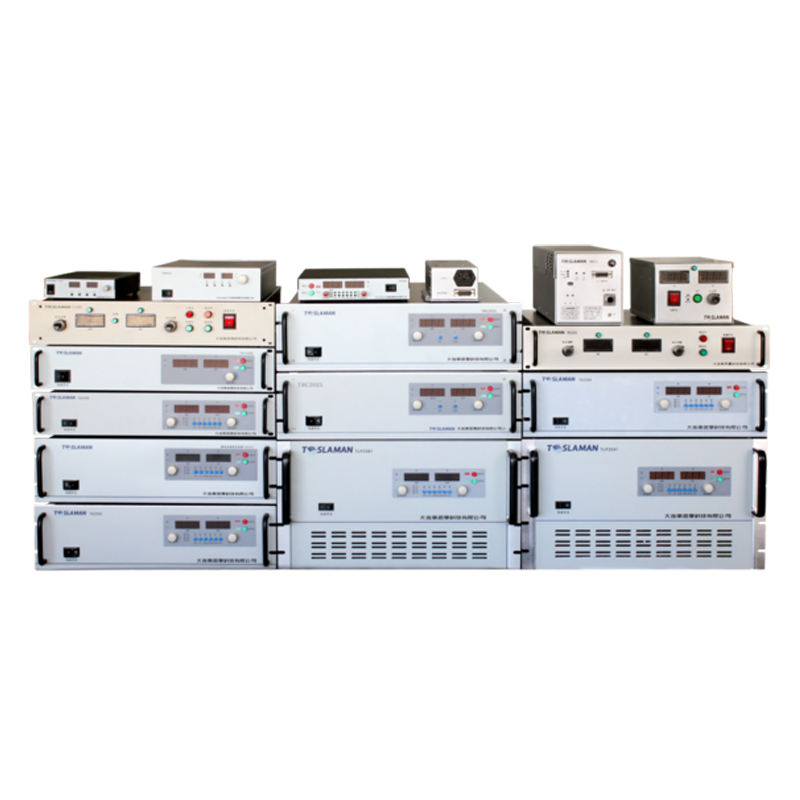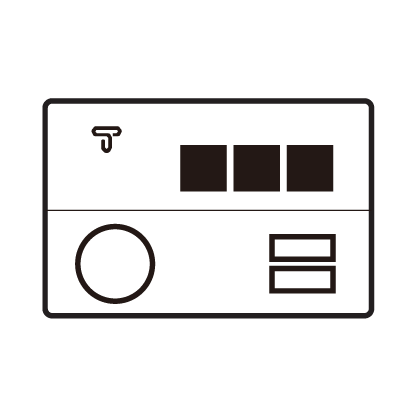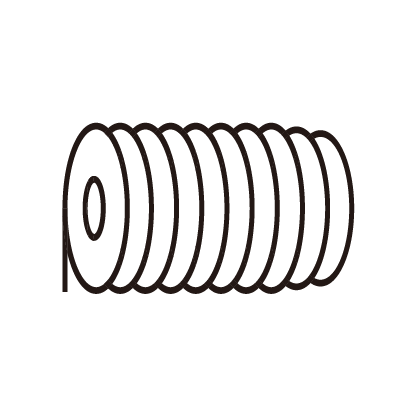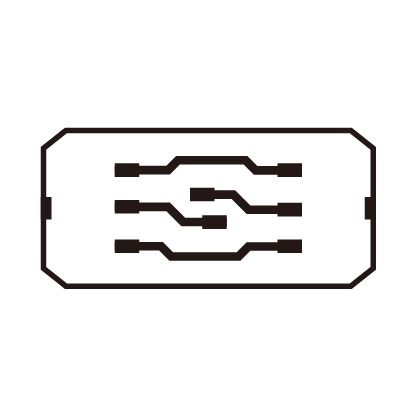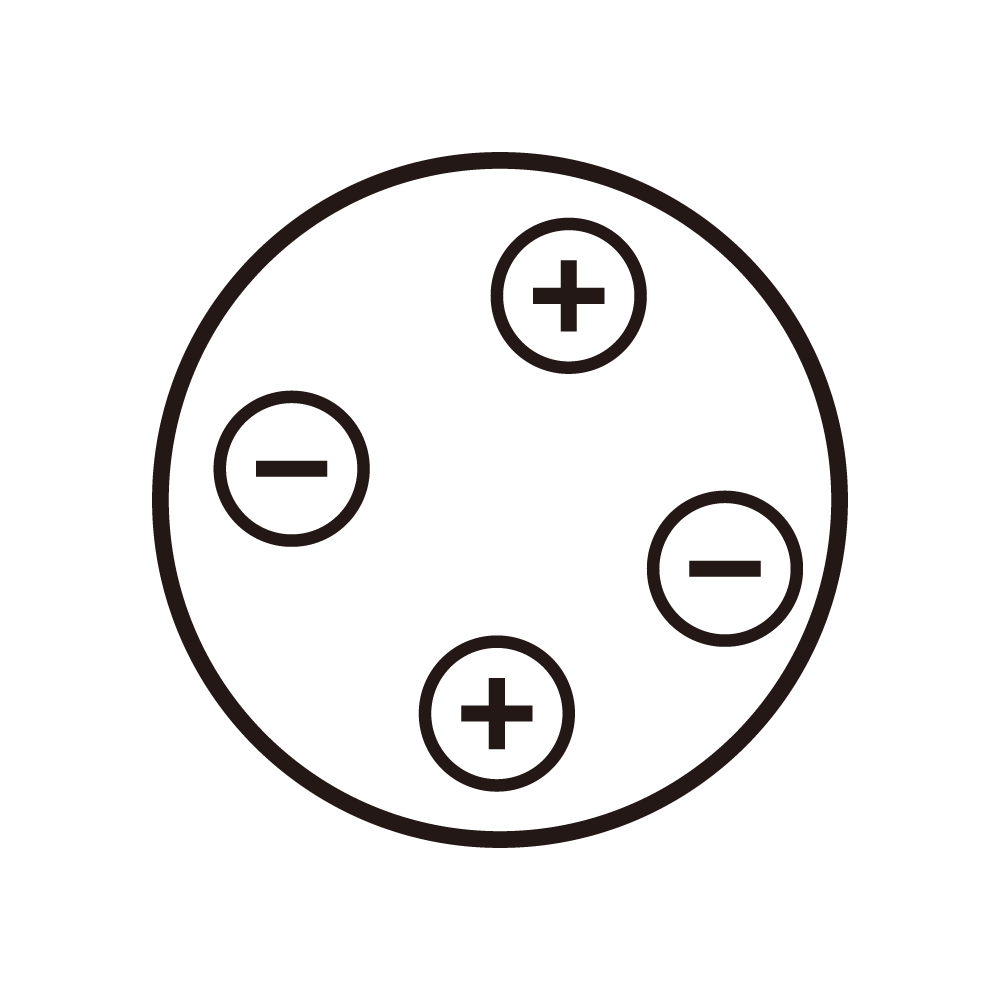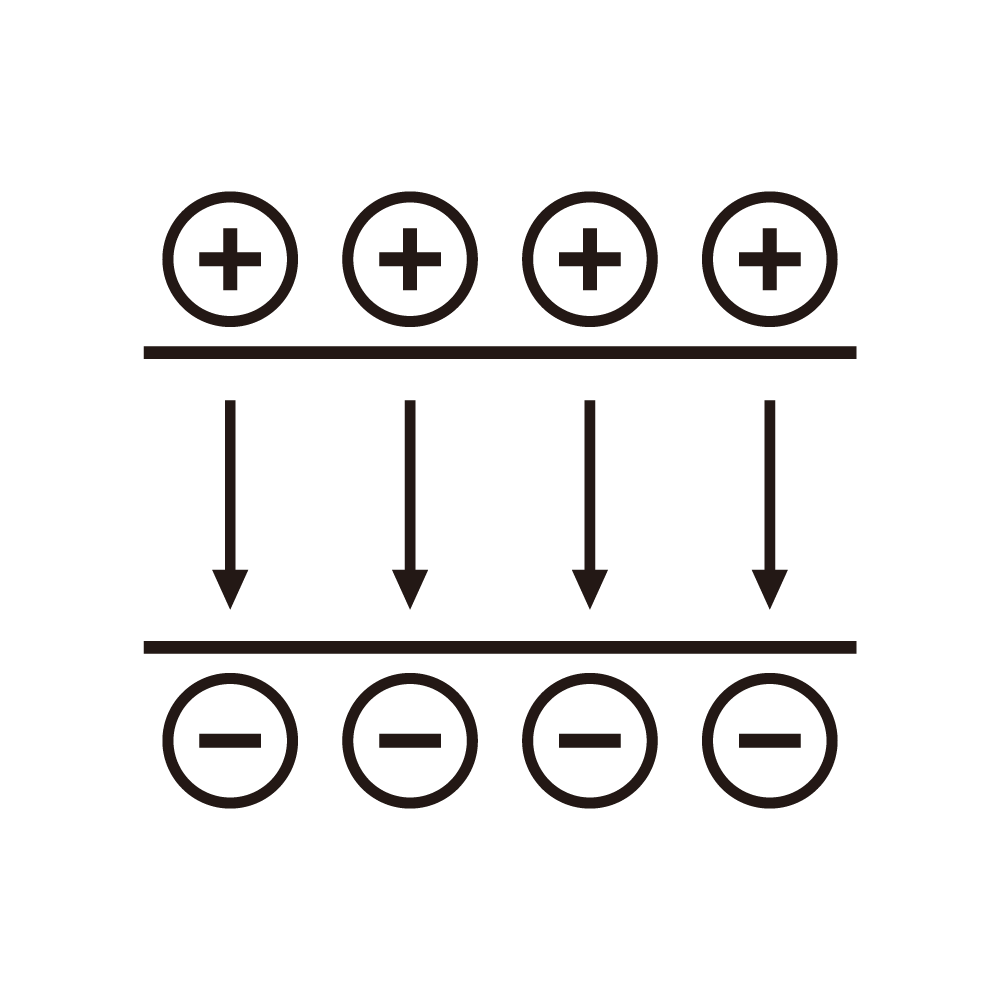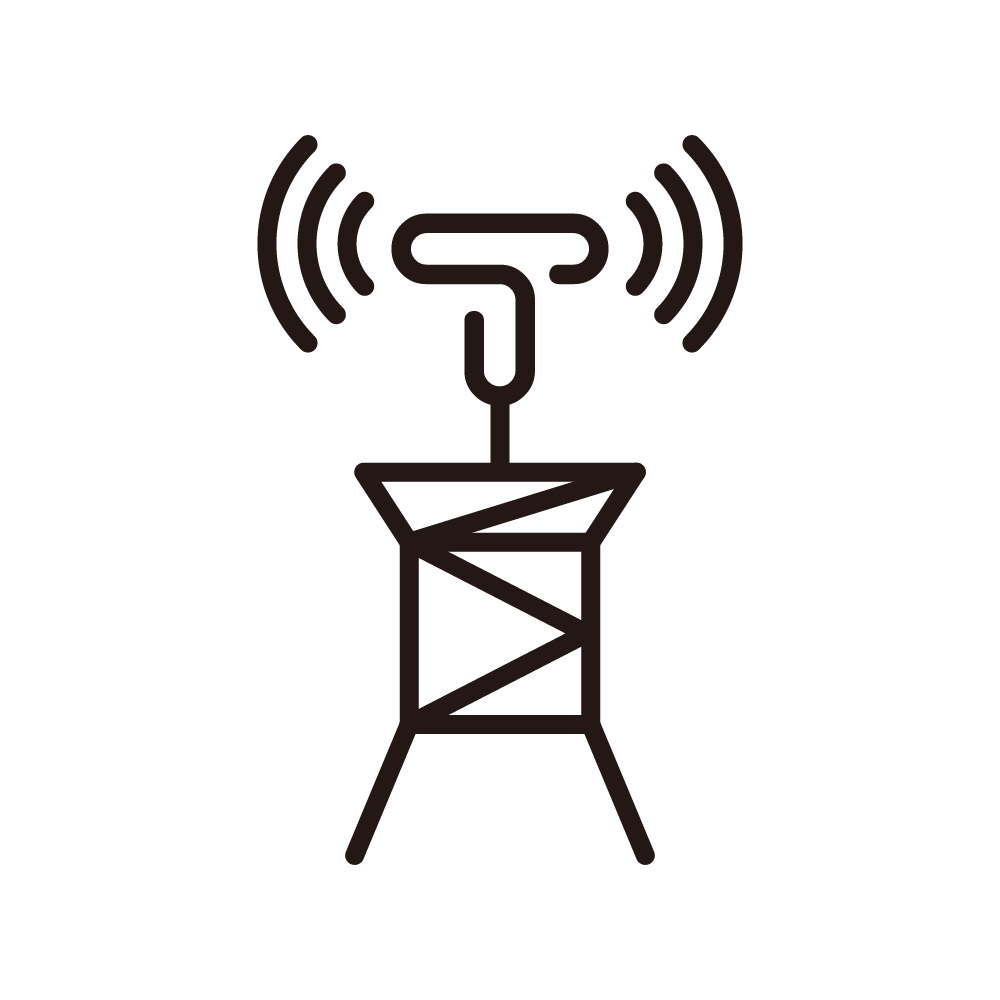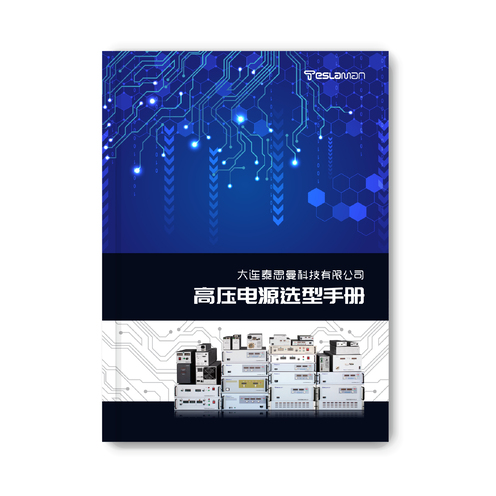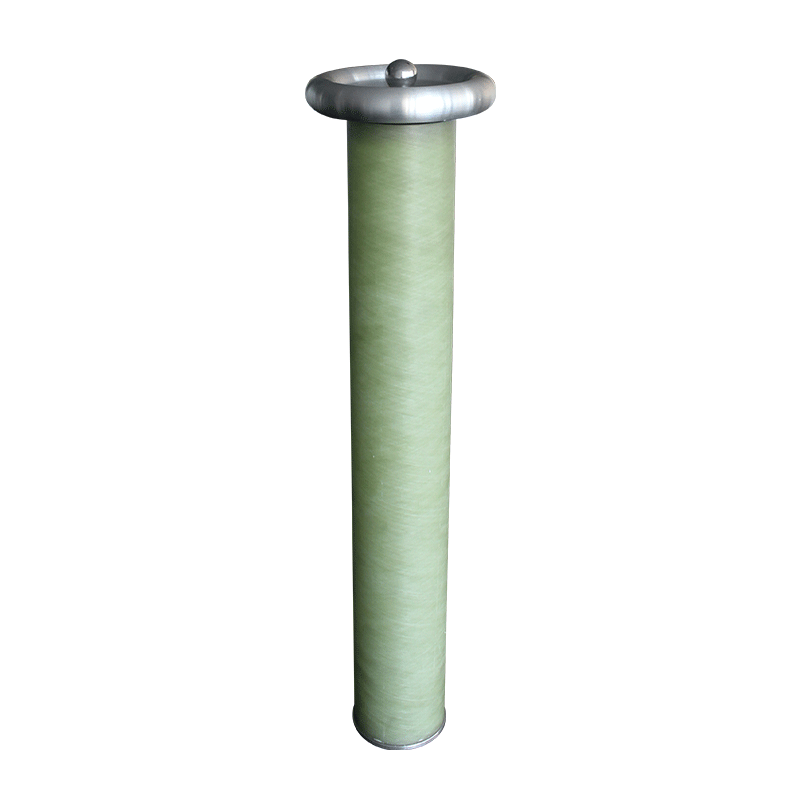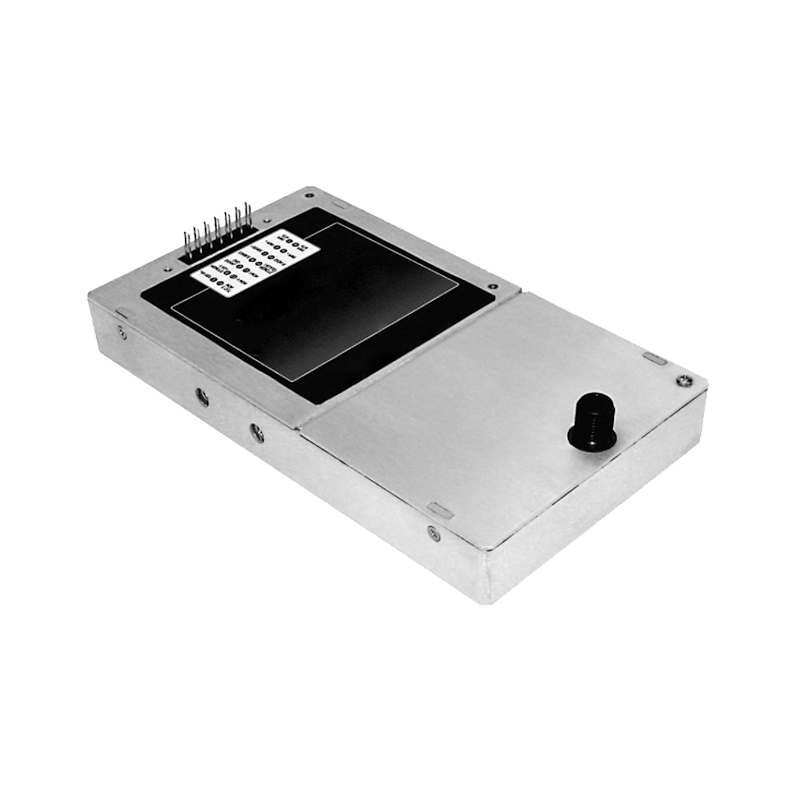Commissioning of Electrostatic Flocking High - Voltage Power Supply
Electrostatic flocking, as a unique surface treatment process, is widely used in many industries such as textiles, decorative materials, and handicraft production. The electrostatic flocking high - voltage power supply is one of the core devices to realize this process, and the accuracy and stability of its commissioning are directly related to the quality and production efficiency of flocked products.
Before commissioning the electrostatic flocking high - voltage power supply, comprehensive and meticulous preparatory work is crucial. First of all, the entire flocking system should be inspected to ensure that all components are firmly connected and the circuit layout is reasonable. Check whether the transmission part of the flocking equipment runs smoothly to avoid accidents caused by mechanical failures during the commissioning of the high - voltage power supply. At the same time, carefully check the electrical connections between the high - voltage power supply, the flocking electrodes, and the workpiece bearing platform to ensure that the lines are not damaged and the joints are not loose, preventing potential safety hazards such as electric leakage and short - circuits. In addition, various tools and instruments required for commissioning, such as multimeters and oscilloscopes, should be prepared. These tools can help us accurately measure and monitor various parameters of the power supply.
When the commissioning work officially begins, the first step is to conduct no - load commissioning. Disconnect the output terminal of the high - voltage power supply from the flocking electrodes. After connecting the power supply, slowly adjust the voltage adjustment knob and observe whether the output voltage display of the power supply rises steadily. At the same time, use a multimeter to monitor the actual value of the output voltage to ensure that the display value is consistent with the actual value. During this process, pay close attention to the operating sound and heat generation of the power supply. If there are abnormal noises or excessive heat generation, stop the commissioning immediately and troubleshoot the problems. No - load commissioning can not only initially test the basic performance of the high - voltage power supply but also help us become familiar with the operation process and parameter adjustment range of the power supply.
After completing the no - load commissioning and confirming that the power supply is normal, enter the load commissioning stage. Correctly connect the output terminal of the high - voltage power supply to the flocking electrodes and place the workpieces to be flocked. At this time, slowly adjust the voltage again, starting from a lower voltage and gradually increasing it while observing the flocking effect. In the electrostatic flocking process, voltage is a key factor affecting the adsorption and implantation depth of the fluff. If the voltage is too low, the fluff cannot be fully adsorbed onto the workpiece surface, resulting in insufficient flocking density. However, if the voltage is too high, the fluff may be overly embedded into the workpiece, and even damage the workpiece surface. Therefore, it is necessary to accurately adjust the voltage according to different flocking materials, workpiece materials, and process requirements to achieve the best flocking effect.
In addition to voltage, current is also a parameter that needs to be focused on during the commissioning process. Monitor the waveform and amplitude of the output current of the power supply through an oscilloscope to understand the current change. Under normal circumstances, as the voltage increases and the flocking process progresses, the current will show certain change rules. If the current fluctuates abnormally or exceeds the normal range, it may indicate problems such as electric leakage in the flocking system or unreasonable electrode spacing, and timely troubleshooting and adjustment are required.
During the commissioning process, environmental factors cannot be ignored. Humidity and temperature have a significant impact on the electrostatic flocking effect. Excessive humidity will reduce the strength of the electrostatic field and affect the adsorption of the fluff. While too high or too low temperature may change the physical properties of the fluff and the adhesive, thereby affecting the flocking quality. Therefore, it is necessary to ensure that the temperature and humidity of the commissioning environment are within the appropriate range.
After the commissioning is completed, conduct a comprehensive inspection and record of the high - voltage power supply and the flocking equipment. Check whether all components are working properly and record the key parameters such as the final determined voltage and current during the commissioning process, providing a reference basis for subsequent production.
The commissioning of the electrostatic flocking high - voltage power supply is a complex and meticulous process, which requires commissioning personnel to have solid professional knowledge and rich practical experience. Only by strictly following the commissioning steps and comprehensively considering the influence of various factors on the commissioning results can the stable operation of the high - voltage power supply be ensured and reliable guarantee be provided for high - quality electrostatic flocking production.
